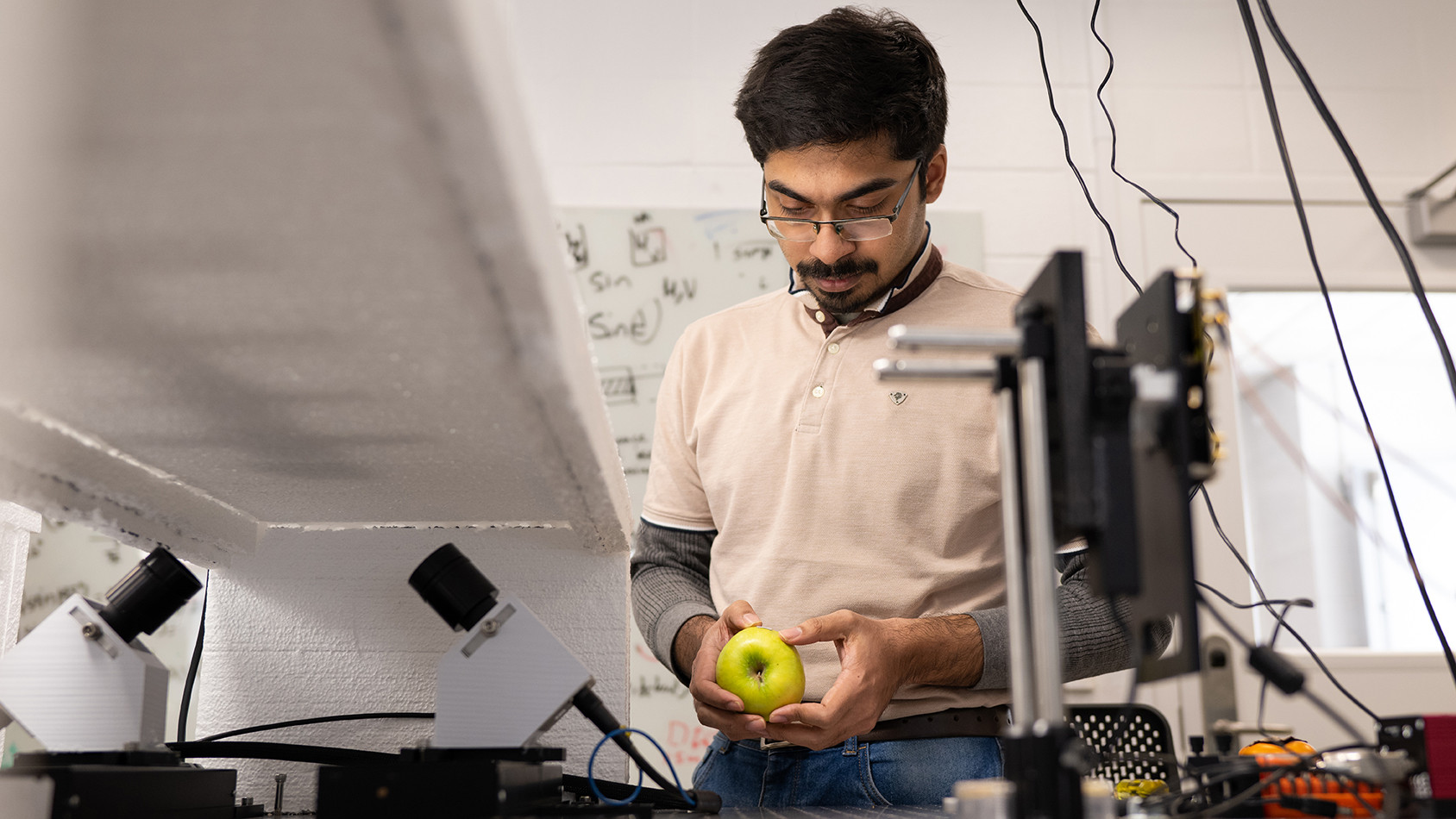Terahertz Waves Detect Rotten Food: Aiming to Reduce Waste
Insights | 27-10-2023 | By Robin Mitchell
Recognising the challenges faced with food waste, researchers from the University of Princeton and Microsoft have demonstrated a method for identifying rotten food in real-time to help reduce food waste from unnecessary disposal. What challenges does food waste present, what did the researchers develop, and how could it be used to help eliminate food waste?
What challenges does food waste present?
Regardless of what some may believe, humanity hasn’t been as rich as it is today, and fewer people are in poverty today than all human history. In fact, the nature of problems that people face around the world has shifted away from starvation, and towards lack of access to technology, education, and opportunities. That isn’t to say that there are areas in the world that currently face shortages of food and issues with malnourishment, but these issues are far less severe than they used to be.
But as much as people may hate to admit, this reduction in poverty is a direct result of capitalism, mass production, and the ability to produce goods on scale at extremely low prices. As the demand for food increased in Western nations, it become economically viable for farmers to rapidly scale food production, and the introduction of large-scale food processing facilities allowed for food to be preserved and distributed all over the world. The result of increasing food production has been the fall in price of food, so much so that it is now easy for food to be shipped in quantity to even the poorest areas of the world.
However, it is well known that the food industry does suffer from a number of problems, and one such problem is the large amounts of food waste generated globally. Food waste is formed at every stage of the food production cycle, including farming errors, issues with quality, accidents, lack of sales, and lack of usage by end consumers.
One area of food waste that presents major issues is trying to identify the quality of produce, and determine if it has turned. Considering the vast amount of food that is produced, it is immensely difficult to try and check each individual piece of produce for signs of turning, damage, or low quality. While high-speed cameras are able to perform some of this task, such systems can only be used for surface scanning of produce, with no ability to determine the internal quality of produce.
Volatile organic compound sensors can be used to determine if produce has turned, but as these sensors take time to activate, they are generally used on batches of produce. As such, it is often faster to throw away whole units of produce as opposed to trying to find which specific pieces of produce have turned.
Overall, the food industry sees massive amounts of waste, and in many cases, simply because trying to categorise each piece of produce is logistically and economically unviable.
Researchers utilise sub-terahertz waves to detect bad produce
Recognising the challenges faced with food waste, researchers from Princeton University and Microsoft have teamed up together to develop a system capable of identifying bad produce in real-time. Specifically, the new system developed by the researchers is able to identify the quality of passing fruit on a conveyor belt without the need for cameras or organic compounds sensors, and to achieve this, the researchers turned to sub-terahertz waves; those that sit between infrared and microwave.
Sub-terahertz waves that hit produce are able to penetrate the upper layers, and the reflected signal can indicate all kinds of key factors such as sugar content, water content, and dry matter. As such signals can be used to scan produced at extremely high-speed, it is possible for a system running on a conveyor belt to target each piece of produce as it passes by, with results being returned in milliseconds.

However, instead of using a singular frequencies, the solution developed by the researchers takes advantage of a whole spectrum of frequencies which all behave differently depending on key factors. Thus, multiple measurements can be taken near-simultaneously, reducing system cost and complexity.
The researchers tested their concept on a number of different fruit including persimmons, avocados, and apples, to account for the various skin textures, shapes, and layers. The result from the researchers work was the ability to determine exactly how ripe different fruit were, and thus, spotting opportunities in reducing food waste.
How could this concept help reduce food waste?
If the system developed by the researchers can be expanded to a conveyor belt with produce being transported in real-time then it could be used to reduce food waste in several ways.
Firstly, by being able to identify food that has already turned, it becomes possible to only dispose of food that doesn’t meet quality standards. This not only increases the yield of food production lines, but can result in the reduction of food prices, and reduces the demand for intensive farming.
Secondly, as this system would be able to identify ripeness levels, it can be used to organise food based on accurate expiration dates. Thus, food that is due to turn can be identified and placed onto shelves first, while leaving newer produce behind. This not only helps to provide better savings to customers (as food that is known to turn soon can be sold at a discount), but also helps to keep food on shelves for longer.
Thirdly, food that is identified as being of lower grade can be more easily identified and redirected to other food production processes (for example, poor quality eggs are usually given to cake manufacturers who can take advantage of their price). Thus, not only will produce last longer on shelves, but processed food can see significant savings.
Overall, what the researchers have demonstrated here is a truly exciting application of radio electronics, and hopefully, will be deployed into the food industry in the near future!

